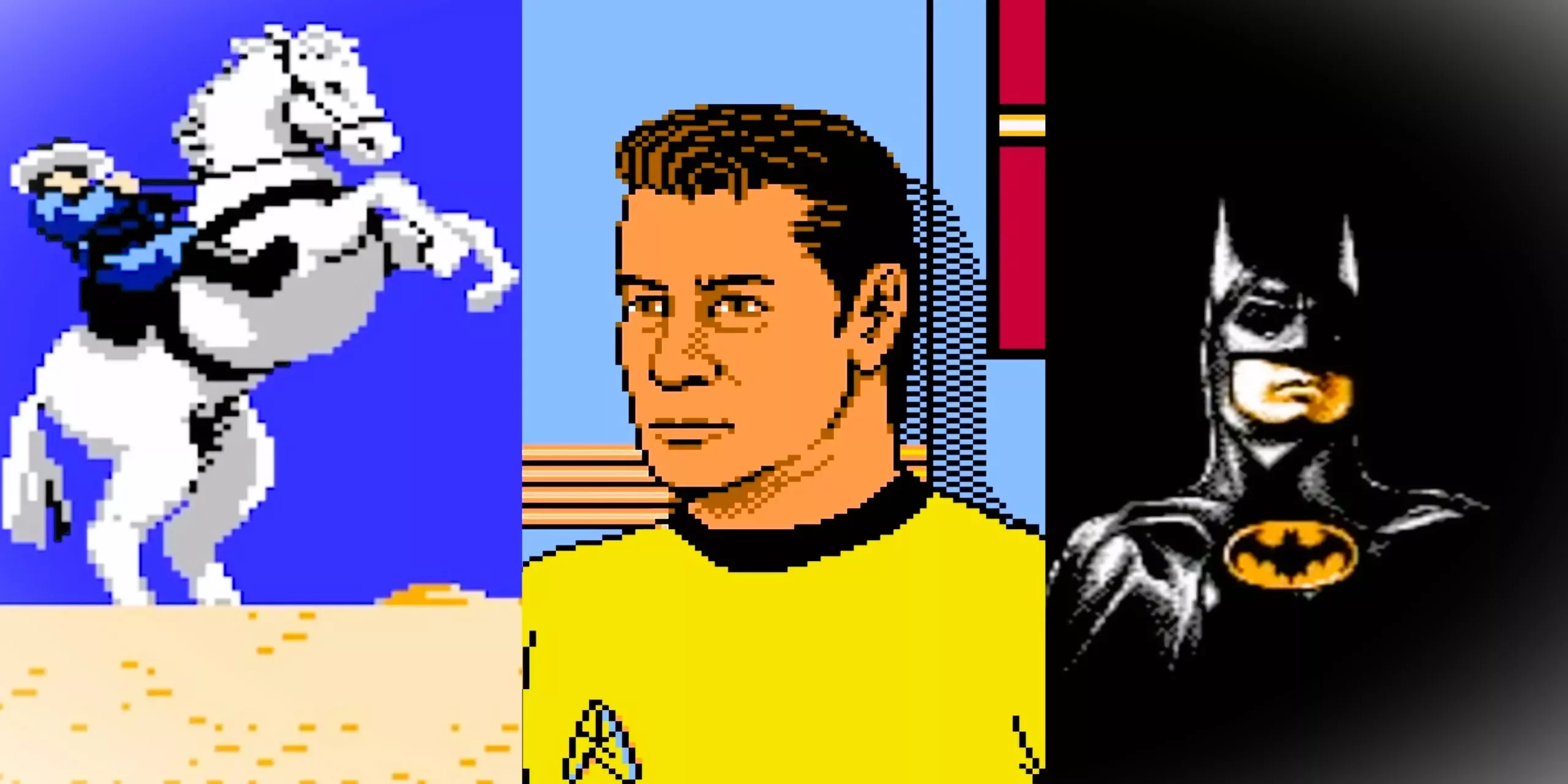Contrary to popular belief, not every licensed NES game was a complete disaster. In fact, there were NES games based on TV shows and movies that actually did justice to their source material.
While it’s true that most NES games based on movies or TV shows were generally considered terrible by those who grew up with the console, it’s important to note that licensed games eventually improved over time. Nevertheless, it’s hard to forget that some of the worst licensed NES games are often regarded as some of the worst games ever created. Your memories of those titles are not unfounded.
However, it is essential to recognize that the negative reputation of those terrible licensed games created an inaccurate perception that suggested every licensed NES game was bad. This misconception couldn’t be further from the truth. In reality, there were some exceptional NES games based on movies and TV shows that not only surpassed the competition but also deserve to be mentioned among the NES’ greatest gaming experiences.
Chip ‘n Dale: Rescue Rangers
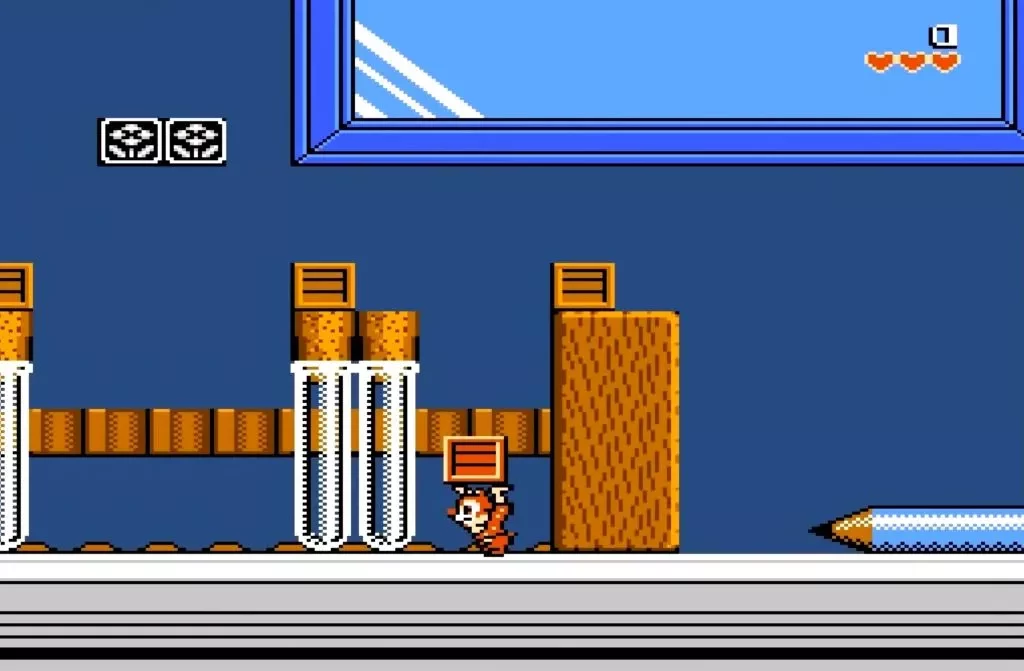
While Rescue Rangers may not be considered one of the standout games from the Capcom/Disney collaboration (we’ll be discussing many of those games on this list), it is undeniably a fantastic platformer from an era that produced some of the greatest platforming games ever made.
Similar to many other Capcom games of that time, Rescue Rangers excels in its top-tier visuals, precise controls, and impressive sound design. However, what sets this game apart is its exceptional 2-player mode. While cooperative games were not entirely unheard of during that period, finding a genuinely enjoyable cooperative NES game was quite rare. The straightforward yet satisfying levels in Rescue Rangers provided the perfect backdrop for an accessible and fulfilling 2-player experience that still holds up today.
This is one of those games that often evokes fond memories for players, and it’s easy to see why. It encapsulates the essence of an era in gaming that was characterized by pure enjoyment, making it a truly delightful artifact of its time.
The Lone Ranger
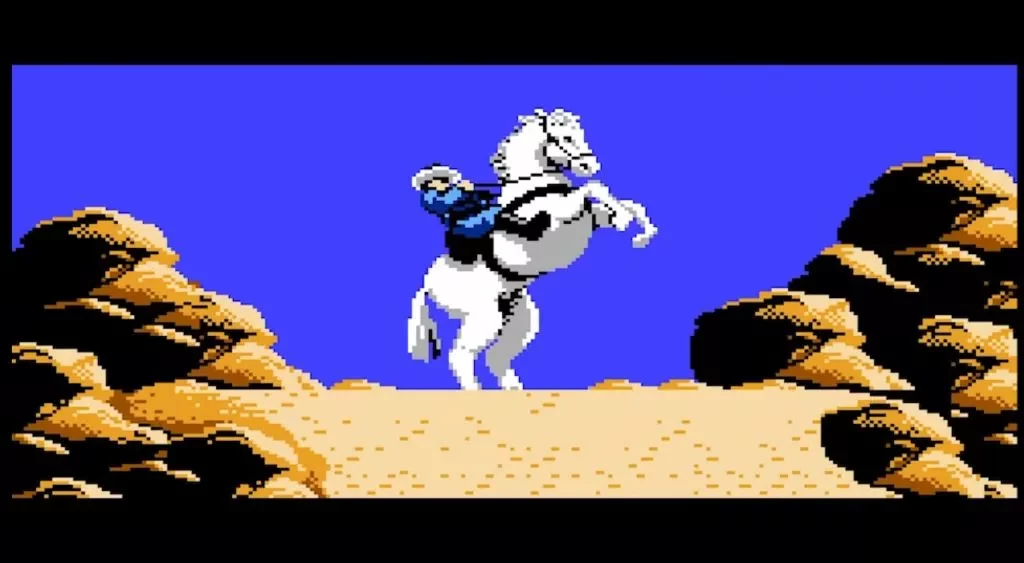
Although there were quite a few NES games based on early TV shows, the majority of them… well, let’s just say they were not very good. However, one game that defied this trend was The Lone Ranger.
Developed by Konami, The Lone Ranger stands out as one of their most ambitious NES games. It incorporates RPG-like elements into its gameplay, providing a unique experience. Throughout the game, you explore different environments, interact with locals, visit shops, and undertake quests. In addition to these aspects, there are thrilling action sequences where you hunt down outlaws, featuring side-scrolling, top-down, and even first-person perspectives.
While The Lone Ranger may have some rough edges, it remains an incredibly intriguing experiment from a studio renowned for consistently delivering hits. If you have overlooked this game due to the reasons most people historically have, I encourage you to give it a chance. It might surprise you.
Star Trek: 25th Anniversary
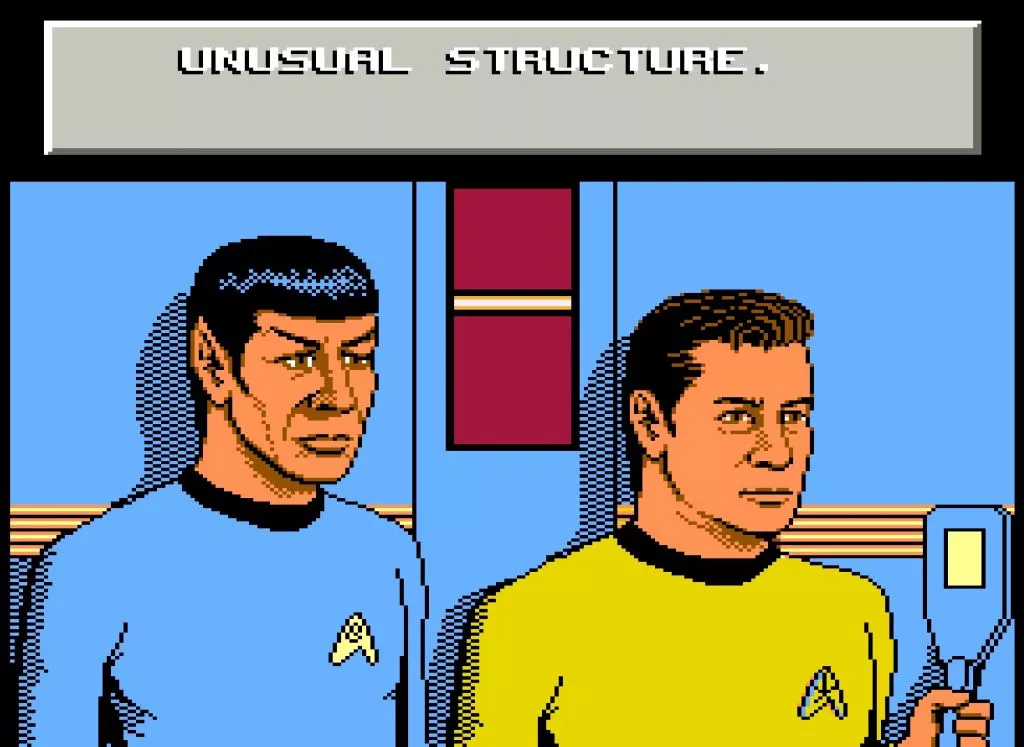
Over the years, it seems like this game, particularly the NES version, has been largely forgotten, and I find myself wondering why. Admittedly, it has its rough spots, but considering the abundance of sub-par Star Trek games we’ve endured, I’m genuinely surprised that this one doesn’t enjoy a slightly more favorable legacy.
Star Trek: 25th Anniversary can be best described as a game akin to StarTropics, featuring the crew from the Original Series. This NES adventure title incorporates bridge sequences, an overarching narrative divided into episodic segments, and thrilling away team missions. It’s these away team missions that have left a lasting impression on me all these years later. While I understand the focus on bridge-based action in many future Star Trek games, there’s something undeniably nostalgic about exploring alien planets with Kirk, Spock, and the rest of the crew.
Despite being occasionally confusing, the game offers enough compelling elements to justify occasionally consulting a guide to see it through to the end. It’s an experience that warrants the extra effort, as it presents a unique opportunity to immerse oneself in the Star Trek universe and embark on thrilling adventures alongside beloved characters.
Although it may have slipped into obscurity, Star Trek: 25th Anniversary deserves to be remembered as a noteworthy title that captures the essence of the beloved series and offers fans an engaging gaming experience.
New Ghostbusters 2
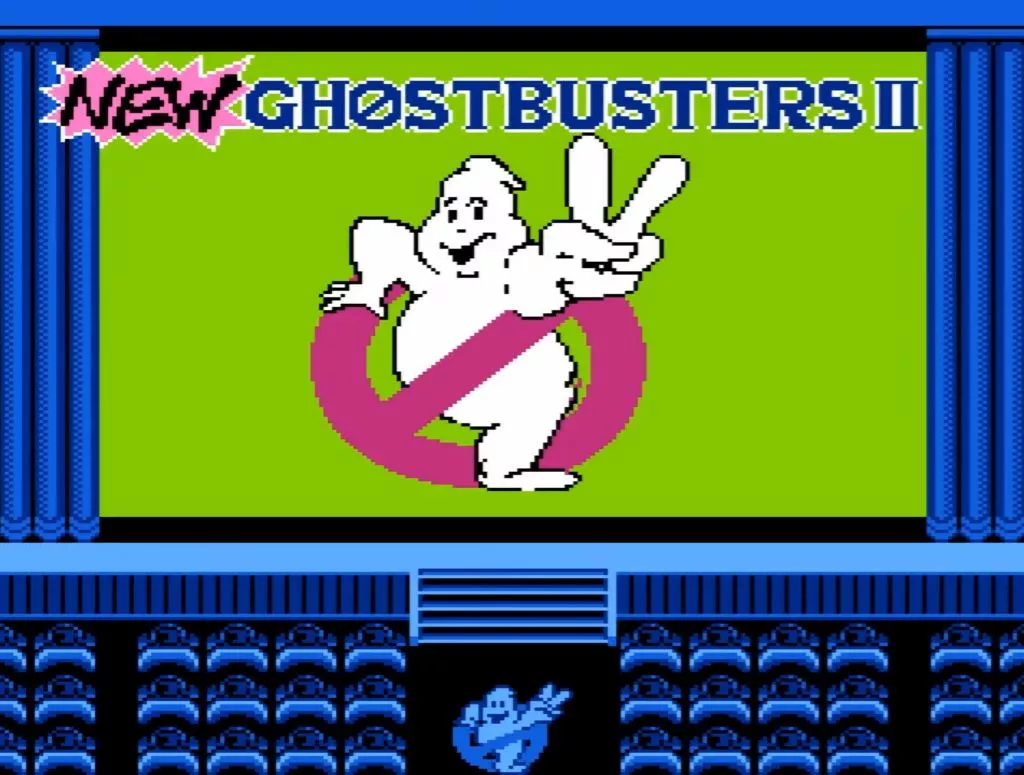
The early history of Ghostbusters games is often remembered for its disappointments. However, what many people may not be aware of is that the NES actually received a rather impressive Ghostbusters game that, unfortunately, was never released in the U.S.
Known as New Ghostbusters 2, this game loosely takes inspiration from the second Ghostbusters movie. Its brilliance lies in its simplicity. It offers a top-down perspective and combines elements of horror and shooting with light exploration. Essentially, it delivers precisely what the other Ghostbusters games of that era should have been.
While New Ghostbusters 2 benefits from having weaker platform competition, it stands as a solid adaptation in its own right. It’s a game that makes you question how so many other developers during that era managed to mishandle licensed games that appeared to be surefire successes.
With its intriguing gameplay and missed opportunity for a U.S. release, New Ghostbusters 2 remains a hidden gem that highlights the potential for great licensed games during that time. It serves as a reminder that even amidst disappointments, there are hidden successes waiting to be discovered.
The Goonies 2
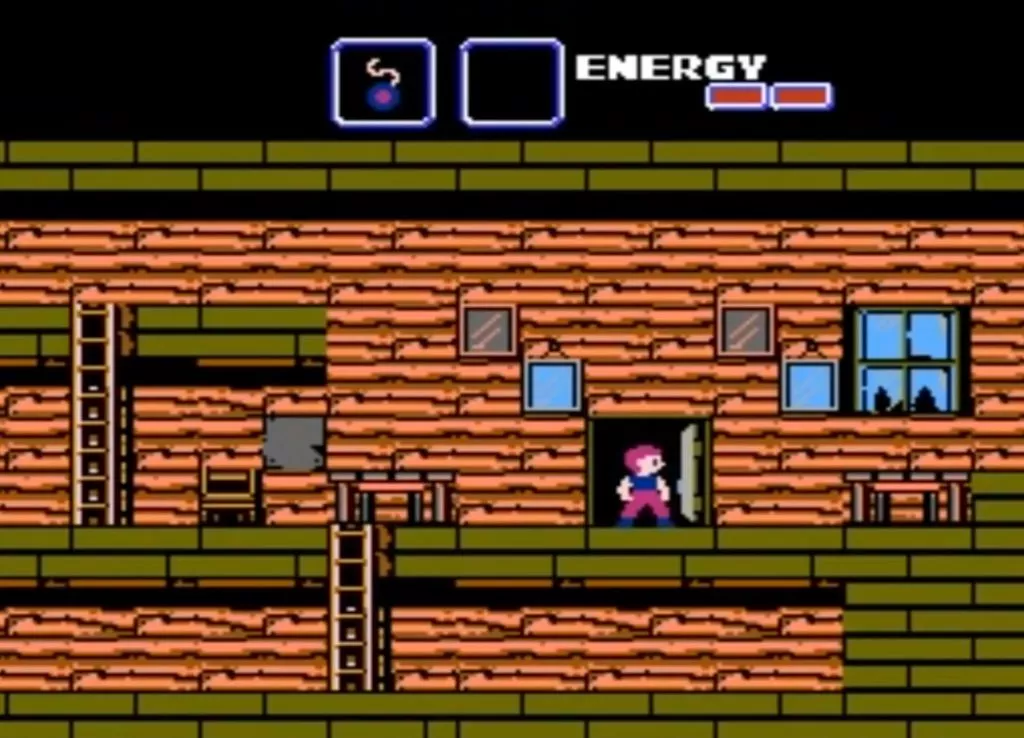
The Goonies 2 is undeniably a game that embraces its weirdness from every angle. Even its name, at first glance, appears nonsensical. Surprisingly, it serves as a sequel to a previously released Goonies game while also acting as a loose continuation of the original film. However, don’t expect any substantial revelations about Goonies lore, as the game is light on plot elements.
What truly sets The Goonies 2 apart is its peculiar structure. It presents itself as an open(ish) world adventure, intricately woven with a multitude of Metroidvania elements. Much of the gameplay revolves around slowly acquiring and utilizing special items to unlock new paths and safely explore areas that were once hostile. In essence, it can be seen as Konami’s early attempt at capturing the “Vania” aspect of the Metroidvania genre. Additionally, the game surprises players with advanced first-person sequences, injecting even more variety into an experience that already brims with fresh ideas.
Admittedly, The Goonies 2 is a rough draft of an ambitious concept. Its interface may feel a bit unpolished, and you will likely need a reliable guide to navigate its intricacies successfully. Nonetheless, it stands as an impressive testament to a major developer’s decision to take a daring leap. The game exemplifies their willingness to explore new ideas, pushing boundaries even in its early stages.
While The Goonies 2 may be unconventional and require some effort to comprehend, it is an intriguing and admirable example of a developer taking a substantial risk. It showcases the creativity and innovation that defined the era, making it a noteworthy entry in the NES library.
Bucky O’Hare
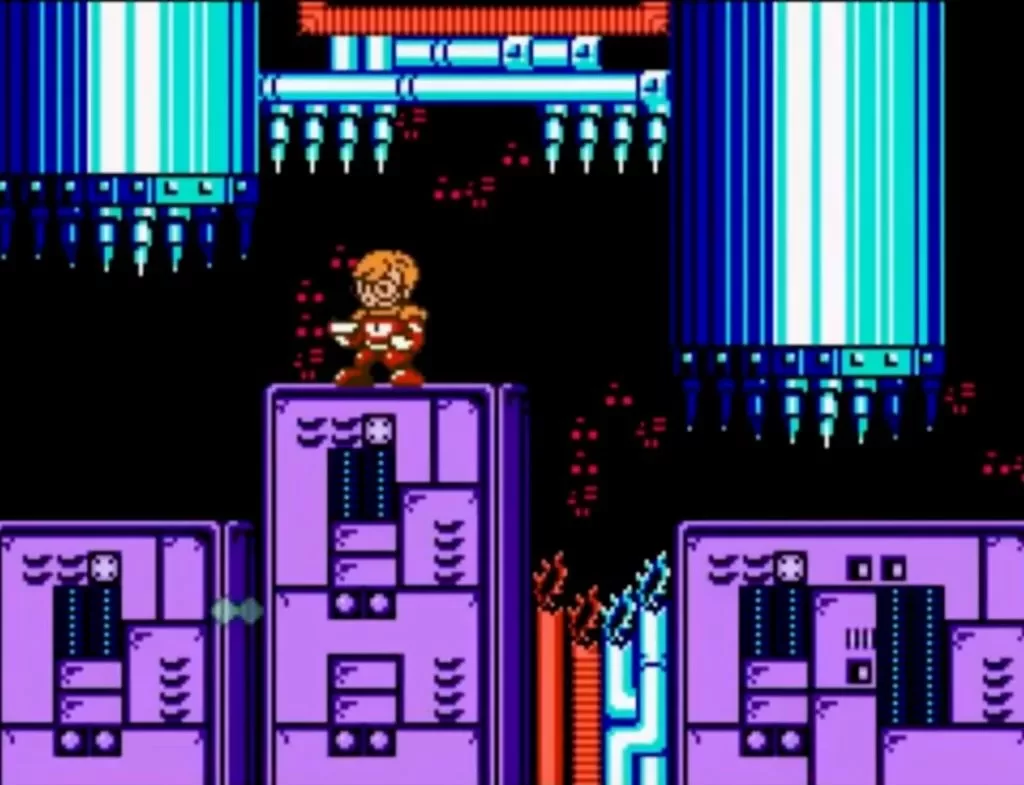
During a time when Konami seemed incapable of making missteps, Bucky O’Hare emerged as one of those rare licensed NES games that has arguably outlasted the TV show and comic book it was based on.
Debuting in 1992, towards the twilight of the NES’ mass market lifespan, Bucky O’Hare benefited from the collective knowledge Konami and other developers had acquired about the console. The result was an exceptionally visually appealing game that also boasted a fantastic soundtrack and polished action controls. While it may not be the most groundbreaking game on the NES or even on this list, Bucky O’Hare undeniably feels like Konami’s triumphant farewell to the NES in all the best ways.
If you manage to overcome the game’s unexpectedly high difficulty level, which was punishing even by the standards of its era, you’ll discover that Bucky O’Hare stands as one of the finest examples of a genre for which the NES rightfully gained acclaim. It embodies the essence of the NES era and showcases the platform’s ability to deliver memorable gaming experiences.
While the TV show and comic book may have faded into the background, Bucky O’Hare remains a testament to the remarkable legacy of Konami and the NES. Its enduring appeal serves as a reminder of the NES’ golden era and the incredible achievements that emerged from that period.
Darkwing Duck
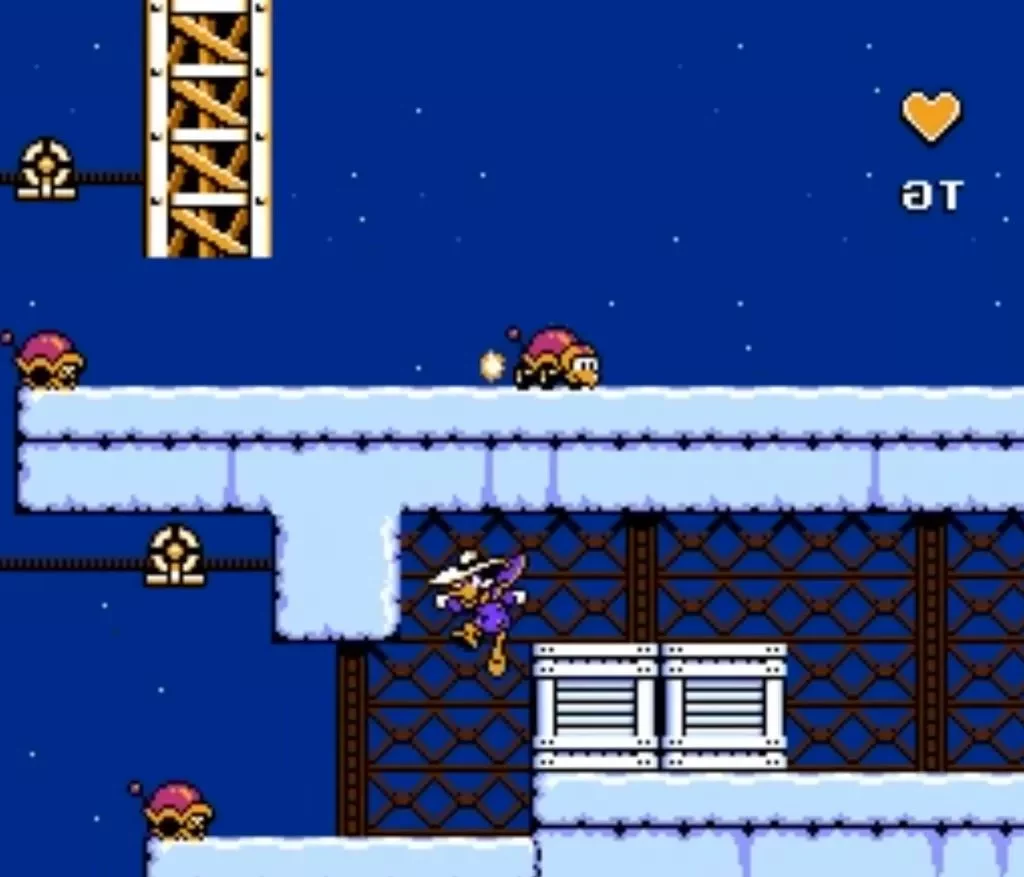
Darkwing Duck brings together two elements that developer Capcom excelled at during the NES era: Disney properties and Mega Man-inspired experiences. While some critics initially criticized the game for lacking originality, modern gamers can appreciate the sheer appeal of this formula.
Compared to the NES Mega Man games, Darkwing Duck is more forgiving and less complex. Yet, its simplicity adds to its charm. While it’s not a walk in the park, the game offers a slightly more accessible take on the timeless gameplay formula, incorporating elements reminiscent of Bionic Commando and Ninja Gaiden’s action-platforming. Like other Disney titles developed by Capcom for the NES, Darkwing Duck impresses with its captivating visuals and superb sound design.
In an era when most licensed NES games were pale imitations of better titles, Darkwing Duck defies expectations by delivering exactly what one would hope for given its impressive pedigree. It stands as a testament to the high standards set by Capcom in their approach to developing Disney-themed games, ensuring an enjoyable experience for fans of both the source material and classic platforming adventures.
Robin Hood: Prince of Thieves
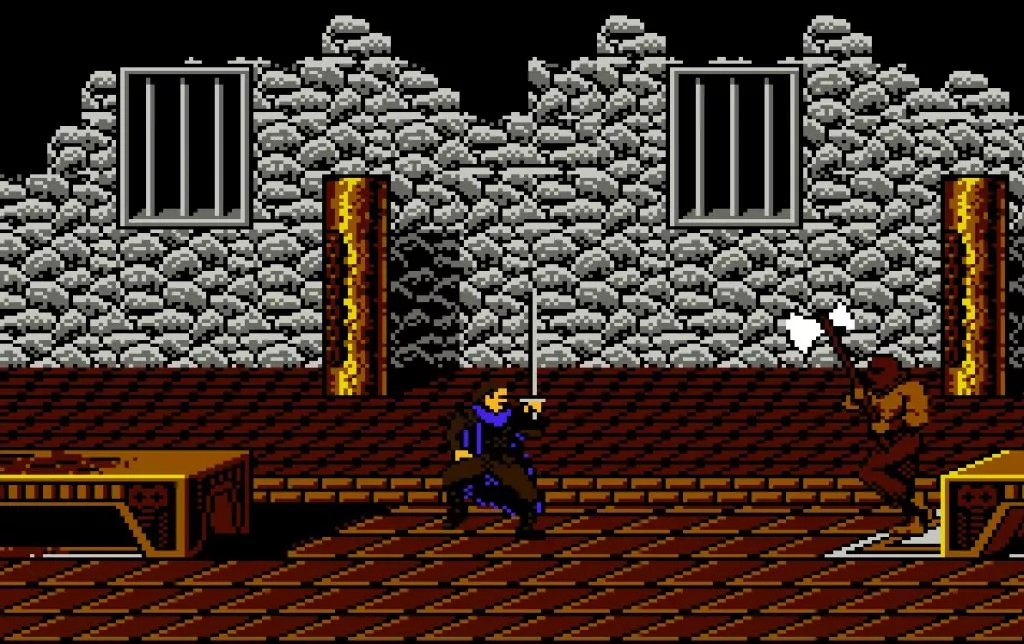
Upon its release in 1991, Robin Hood: Prince of Thieves, based on the Kevin Costner film of the same name, didn’t exactly ignite the gaming world. Unless you were subscribed to Nintendo Power at the time, chances are you weren’t even aware of its existence. It’s a shame because this game deserves far more recognition than it has received.
In truth, Robin Hood: Prince of Thieves is a top-down action role-playing game (ARPG) that incorporates many of the elements now synonymous with that genre in a post-Diablo era. You have the ability to equip various gear found in the world, offering a sense of customization. While the game may not fully capture the elements that would later make the genre so compelling, that’s because Robin Hood: Prince of Thieves goes beyond being just an ARPG. It also presents side-scrolling duels and a unique unit-based “melee mode” that feels akin to an arcade-style strategy RPG.
During a time when most licensed games were uninspired cash grabs, Robin Hood: Prince of Thieves stood out as a true gem, and it continues to hold that distinction. It defied expectations by offering an engaging and diverse gameplay experience, incorporating different genres and gameplay styles into a cohesive whole.
It’s unfortunate that this game hasn’t received the credit it deserves, as it demonstrates the potential for licensed games to be more than mere soulless tie-ins. Robin Hood: Prince of Thieves remains a testament to the creativity and depth that can be found in unexpected places within the gaming landscape.
Little Nemo: The Dream Master
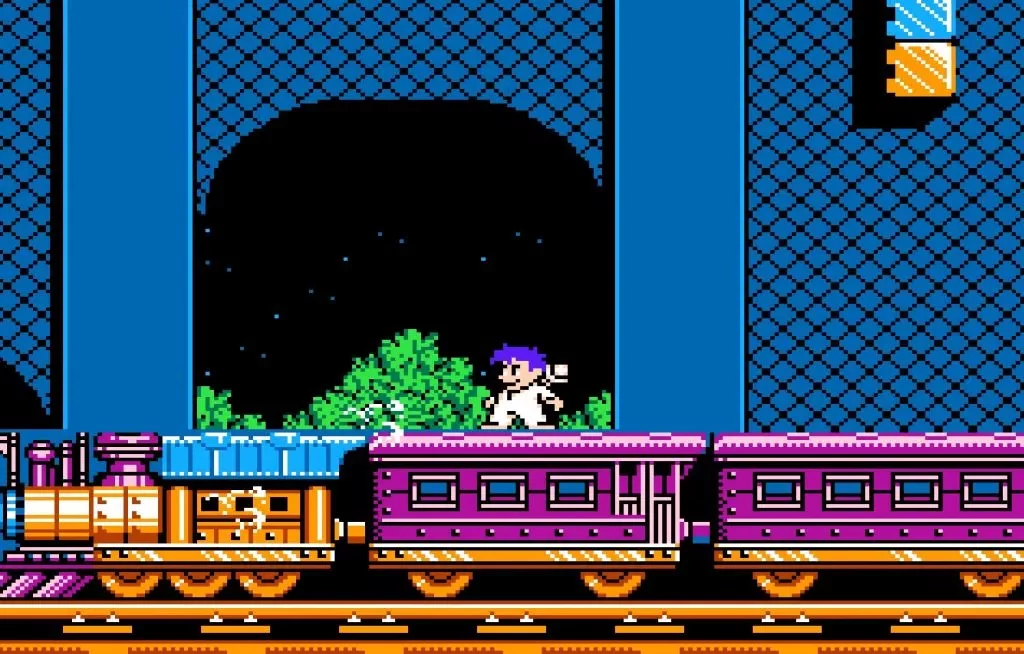
If you weren’t aware, Little Nemo is actually based on a Japanese animated film and the comic that inspired it. Although the movie hasn’t gained much international recognition over the years, Little Nemo: The Dream Master has emerged as a beloved cult classic on the NES.
Little Nemo is a game that effectively captures the essence of pure imagination through its 8-bit visuals and captivating chiptune soundtrack. Its exceptional level design transforms each new screen into an exciting adventure, while its innovative gameplay mechanics, centered around Nemo’s unique abilities, prevent the otherwise familiar platforming and combat elements from becoming repetitive.
While Little Nemo remains one of the NES’ most pleasantly challenging games, it’s a title that draws you back time and again, reminding you of what made the NES era so special. It embodies the spirit of exploration, creativity, and the joy of overcoming obstacles that defined the platform’s golden age. Returning to Little Nemo allows you to relive those cherished moments and experience the magic that only the NES era could deliver.
Gremlins 2: The New Batch
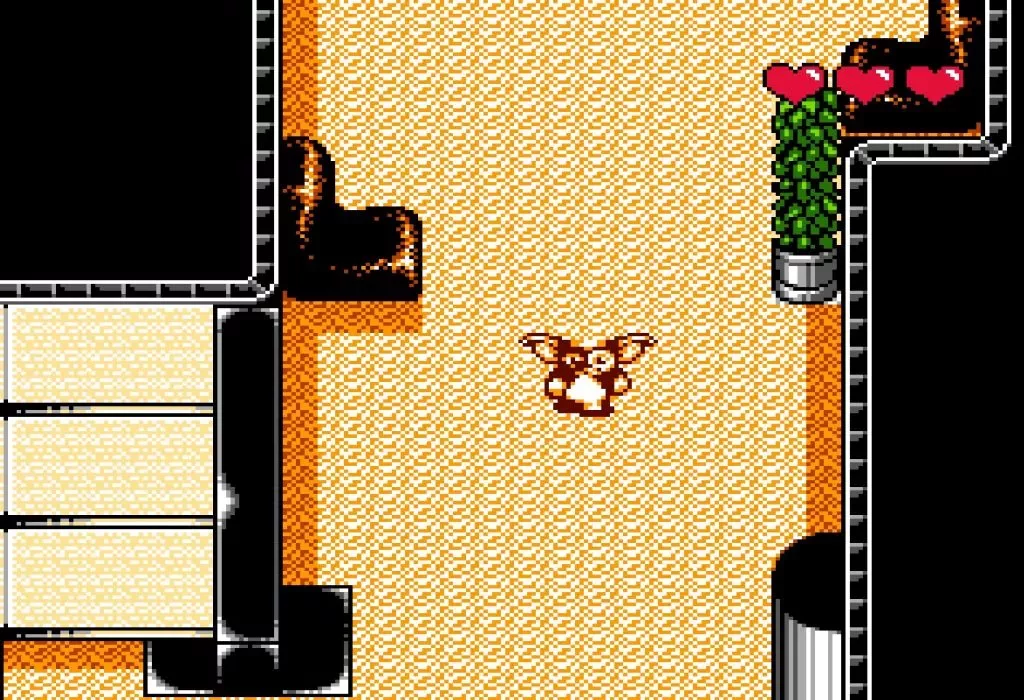
The Gremlins 2 movie is a unique gem, and it follows suit that the Gremlins 2 game would also be a one-of-a-kind experience.
In terms of gameplay, Gremlins 2 offers a captivating fusion of top-down adventuring and side-scrolling-style action, even though the perspective remains top-down throughout. It stands out as one of the finest examples of a top-down action/platforming game in the entire NES library. The controls are precise, the levels are imaginative, and the action is surprisingly immersive for a game that doesn’t prioritize it as the main focus.
However, what truly sets this title apart is its presentation. Seriously, Gremlins 2 boasts one of the most exceptional soundtracks ever heard on the NES, and its graphics and visual design elements are equally remarkable. Nearly every aspect of this game embodies the pinnacle of several categories, making it all the more perplexing that it remains relatively obscure.
Willow
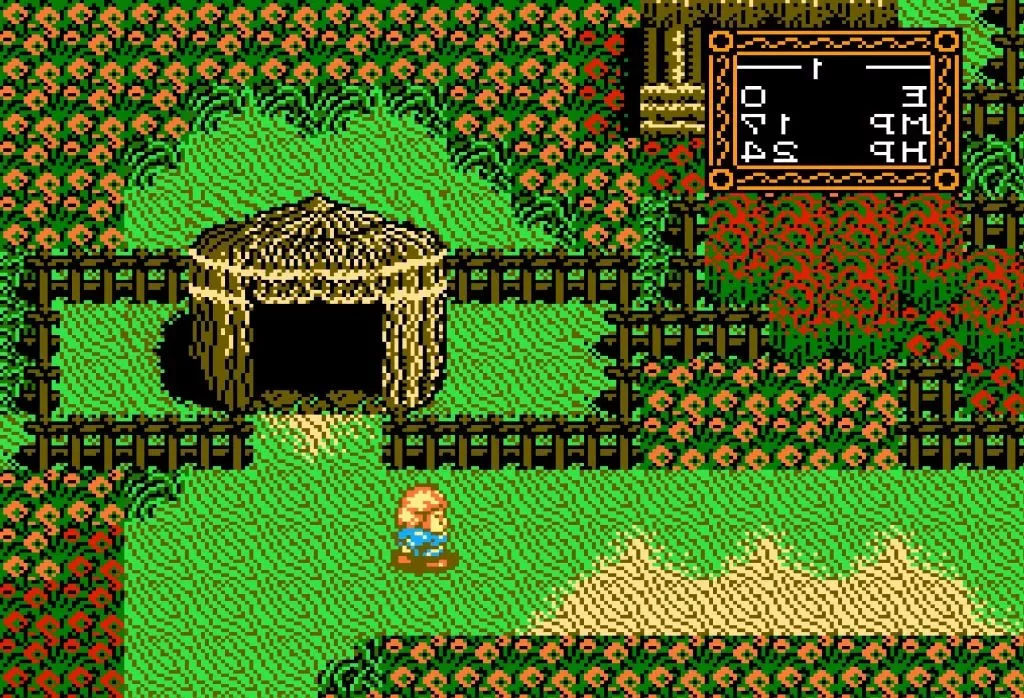
Despite the efforts of the passionate online community (you know who you are), the NES version of Willow has not gained the recognition it truly deserves. Surprisingly, this game serves as Capcom’s endeavor to create a Zelda-like experience for the NES.
In actuality, Willow distinguishes itself by incorporating an XP system, which gives it a stronger RPG essence than the early Zelda titles. In this regard, it shares similarities with the perennially underrated Crystalis. However, the RPG elements primarily enhance the combat aspects of the game, enriching the overall experience of this remarkably crafted top-down adventure.
Although this statement may not sit well with ardent Willow fans, I am compelled to argue that the NES game may be the highlight of the entire Willow franchise. It stands as an exceptional experience that may have garnered more attention if the movie it was based on had achieved greater success in its time. Nevertheless, Willow for the NES is an outstanding title, exemplifying Capcom’s ability to create captivating and masterfully designed adventures within the confines of the console.
Ducktales
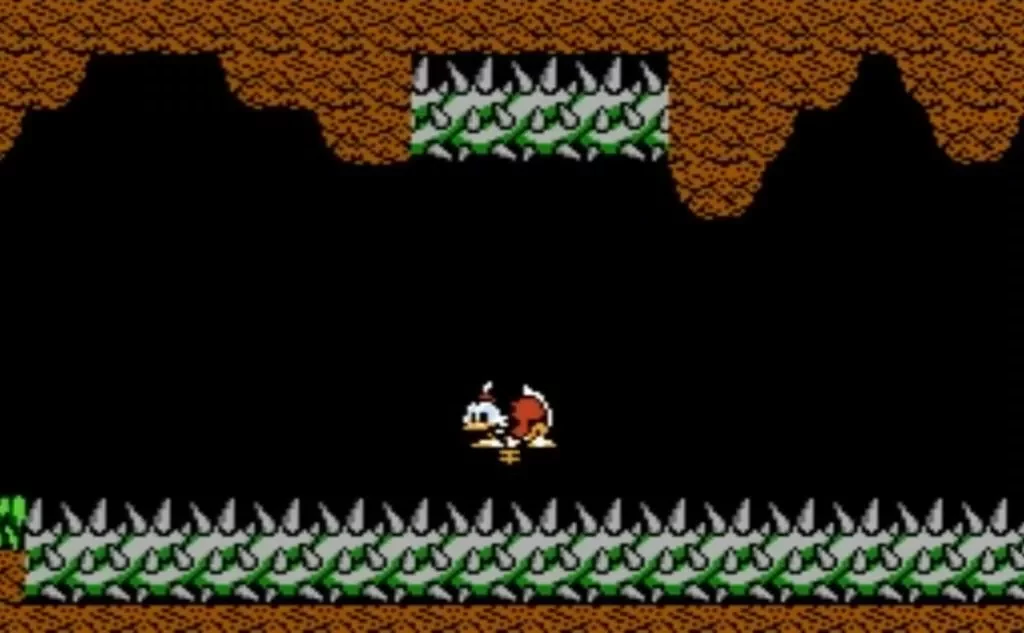
DuckTales stands proudly as the pinnacle of Capcom’s remarkable lineup of Disney-themed NES titles. While it garnered success and critical acclaim during its time, it has since ascended to the ranks of the absolute best NES games ever created.
In many ways, DuckTales epitomizes the quintessential NES platformer. This challenging yet accessible 2D title strikes a perfect balance between action and platforming, with each element seamlessly complementing the other. Notably, it benefits from extraordinary NES soundtracks that are among the greatest ever recorded, while its visual style captures the heart and charm of the beloved TV show it is based on.
During an era when numerous licensed games were rightfully seen as soulless cash grabs, DuckTales demonstrated how the perfect fusion of a cherished property, talented developers, and a captivating concept could conjure gaming magic.
Sweet Home
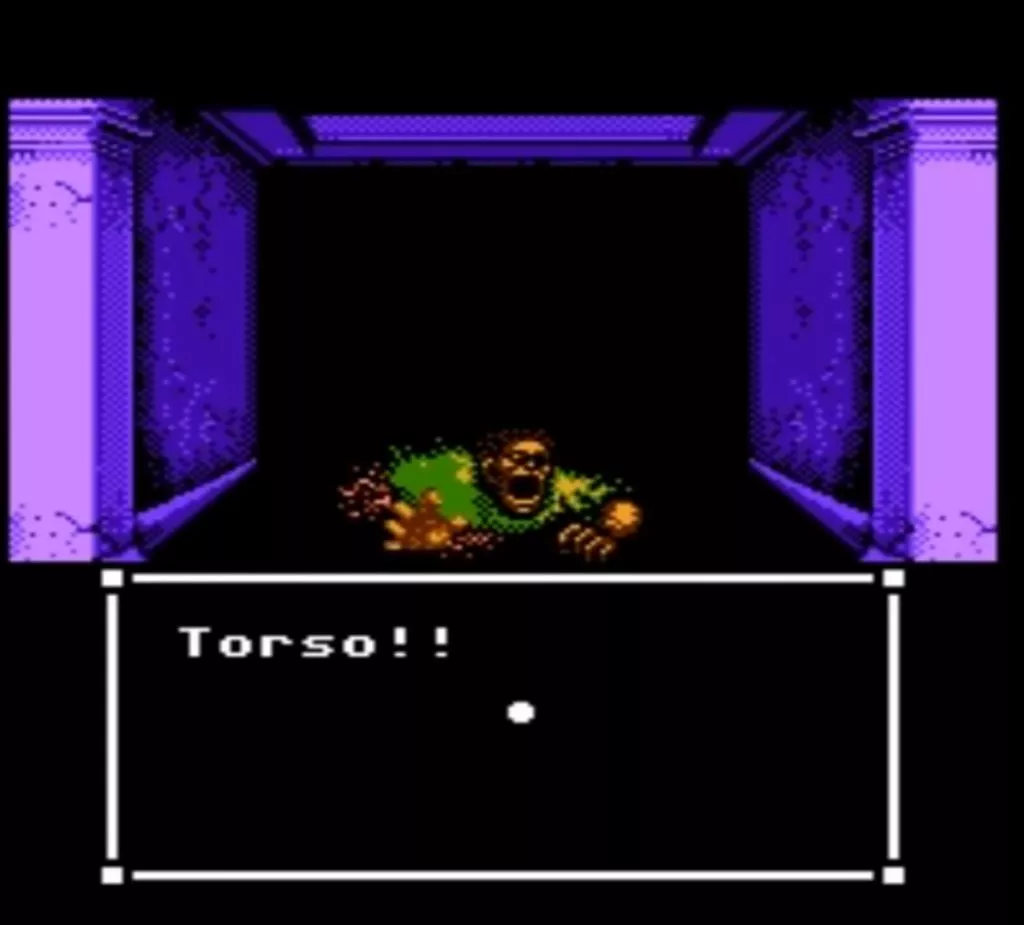
The tale of Sweet Home is perhaps more renowned than the game itself. Serving as the adaptation of a somewhat obscure Japanese horror film of the same name, Sweet Home is widely recognized as the spiritual precursor to the iconic Resident Evil franchise.
However, I believe that many people tend to oversimplify the game’s significance by reducing it to a mere trivia fact. The truth is, Sweet Home stands proudly as its own entity and ranks among the finest horror RPGs ever created. Remarkably eerie for an NES title, it utilizes multiple characters with distinct abilities, introducing complex gameplay mechanics rarely seen in console games of the ’80s.
Sweet Home remains one of the NES’ most ambitious, captivating, and ultimately gratifying titles. It’s disheartening that we haven’t seen more games that closely follow in its footsteps or a resurgence of modern “fan tribute” titles aiming to enhance its best concepts.
Teenage Mutant Ninja Turtles III: The Manhattan Project
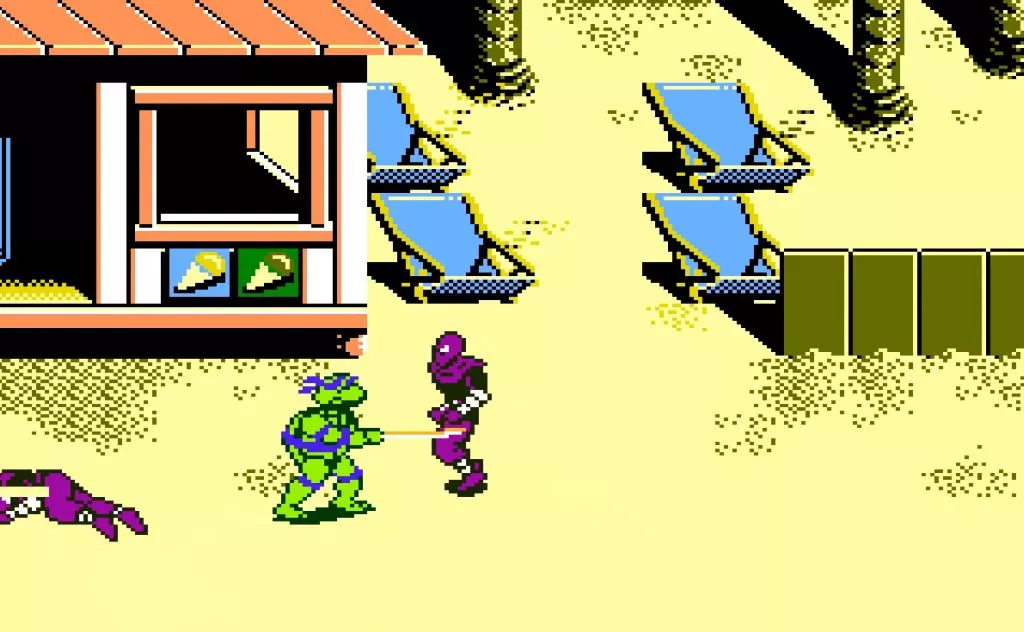
It was expected that a TMNT game would make it onto this list, but why choose Manhattan Project over Teenage Mutant Ninja Turtles II: The Arcade Game? Well, it ultimately boils down to the advantages that this game’s platform exclusivity provided, allowing its developers to take some bold risks in certain key areas.
Manhattan Project presents a visually stunning beat-em-up experience that feels more visually cohesive compared to its predecessor. While the gameplay remains somewhat similar to the previous game, everything here feels significantly tighter, enabling the developers to ramp up the difficulty to a satisfying yet manageable level.
At its core, this is a classic TMNT beat-em-up, earning its place among the finest console beat-em-ups ever created.
Batman: The Video Game
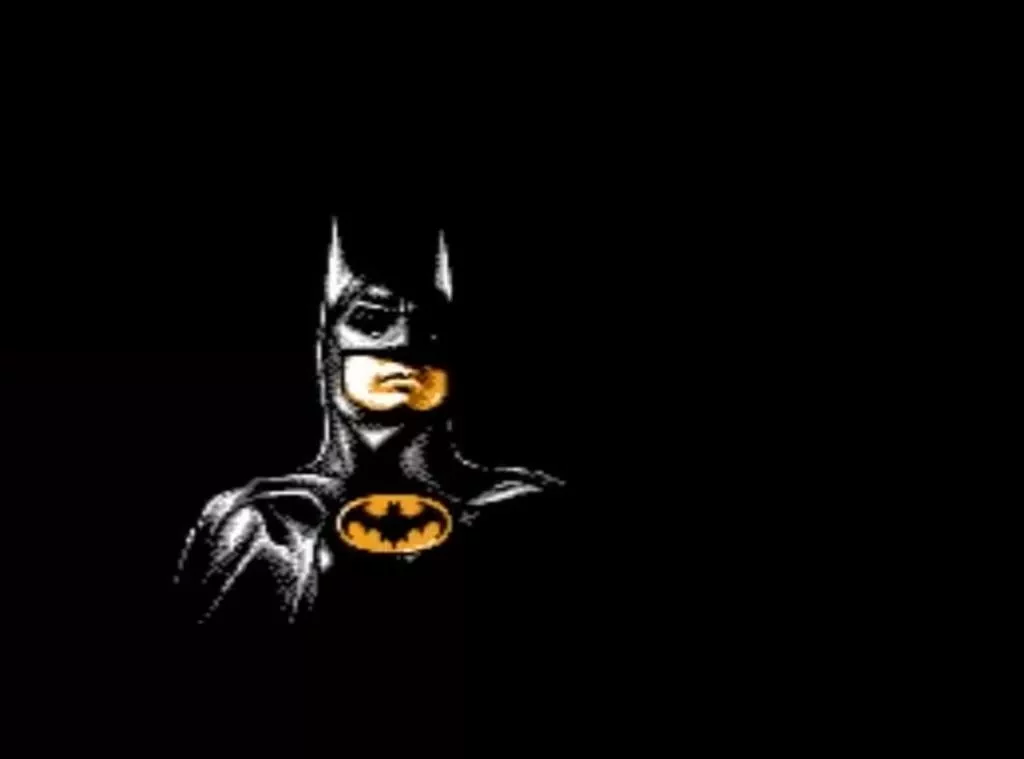
You could argue that Batman stands as the pinnacle of action games released for the NES. Placing this title among the highest echelons of the genre is no small feat, but Batman undeniably deserves a place in that fiercely competitive conversation, which we can delve into on another occasion.
However, for the purposes of this list, what truly impresses me about Batman is its remarkable translation of the source material. I can’t help but marvel at how it captures the essence of Tim Burton’s film while ingeniously adapting its visual and thematic elements to suit the NES platform. Pushing the console to its technical limits, this game delivers an experience that truly feels like a cinematic blockbuster, all without compromising on gameplay.
While Batman is renowned for its daunting difficulty, those who possess the skill to surmount its numerous challenges will discover a game that surpasses every expectation. It rewards perseverance with a truly exceptional gaming experience.
